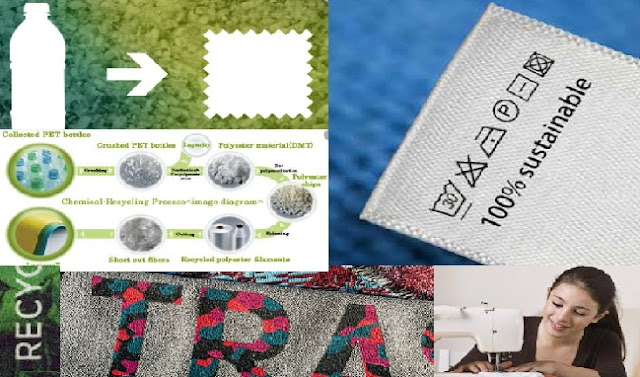
Sustainability has been a buzzword among policymakers, media, and activists for some time. Now it has become an everyday word for people from all walks of life. As a result of never-ending natural disasters such as wildfires, hurricanes, and floods in recent years, along with the grey skies over many cities across the world due to pollution, focusing on reducing greenhouse gases become an important talking point among the general public. Young activists, like Greta Thunberg, have made this topic an urgent discussion point for society, including school children.
It’s common knowledge by now that greenhouse gases increase global warming. They lead to sea-level rise and unusual weather patterns, making the Earth vulnerable to many disasters. Finding ways to reduce greenhouse gas emissions is the solution to either halt or reverse the impact.

Sustainable manufacturer in the apparel industry
How to be a sustainable manufacturer in the apparel industry without spending big sums of money?By becoming a sustainable business, any company can join the movement to reduce greenhouse gas emissions. Sustainable businesses are characterized as organizations that have a minimum negative impact on the environment or economy through its processes, products, and manufacturing activities.
It is a misconception that unless a company can have a renewable energy source, water recycling plants or an impressive building made out with high ceilings and solar panels, are the only businesses green and environment-friendly businesses. Most of the apparel companies do not have enough financial resources to build such plants. However, every manufacturer could easily become an environmentally friendly company by evaluating current business practices.
1. Design stage
Asking questions such as could we use recycled fabric or a low environment impact fabric and trims? For example, one could use recycled polyester made from used plastic bottles instead of using new polyester fabric. A few years ago, this option was expensive as recycled fabric cost was considerably higher than the non-recycled options. However, now the price gap has narrowed sharply. Also, most customers are willing to pay more if they see their favorite brand is investing in the environment. By engaging in a conversation with the buyers and highlighting the price differences, it is possible to switch to recycled fabrics. The same applies to thread, tags, polybags, cartons and all manufacturing accessory materials.
2. Manufacturing process
This is the stage all manufacturers can make a great contribution to reducing environmental impact without having to spend any extra money. On the contrary, they actually can save money. It is vital to look at the current manufacturing steps and identify where the waste is occurring and take steps to eliminate or reduce them. Eliminating waste means, company use fewer resources such as electricity, raw materials, labor and so on, saving money for the company and more importantly, reducing the greenhouse gas emission.
It is calculated that most companies can save from 10 – 30% of the FOB value by applying Lean Manufacturing Methods such as Value Stream Mapping (VSM), Standardization, 5S, Just In Time (JIT), Statistical Process Control (SPC) and many other available lean tools
3. Focusing on Supply Chain
As a responsible company, it is important to understand the environmental impact of your company due to poor supply chain management. It is important to ask questions such as can we reduce the greenhouse gas emission by placing the fabric order on time with the fabric mill and avoid having to Air Freight the shipment instead of getting it by sea freight?
Why can't we develop and place polybags, labels, or any other accessory orders with the suppliers nearby instead of an offshore or distant supplier?
All these efforts will result in fewer carbon emissions to the atmosphere. It’s a small step to take which goes a long way protecting the environment and slowing the global warming
4. Educating the workforce
The workforce is the most important asset of your company. Hence, motivating the employees of the company and educating them about global warming goes a long way. Small steps they could take to help the company’s efforts will result in reducing waste significantly and saving resources.
Every company has its own ways of informing employees about the importance of reducing waste. However, linking these efforts to global warming would have a much better impact and get them focused.
For example, placing reminders next to a water tap highlighting the environmental impact by keeping the water tap running for a few extra seconds unnecessarily, would help people to rethink how they use water and operate the water tap.
Also Read: Making zero waste garment - the latest approach to sustainable fashion
Also Read: Making zero waste garment - the latest approach to sustainable fashion
